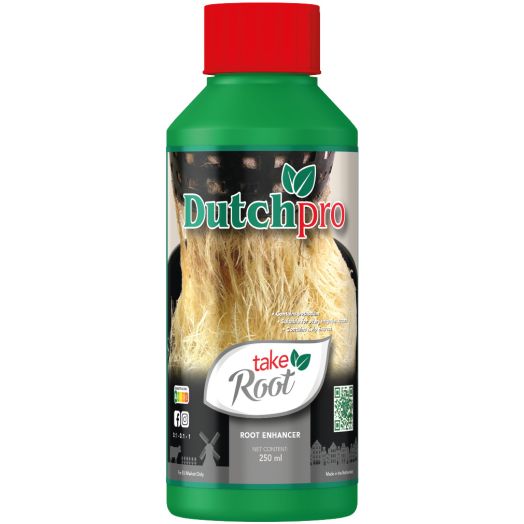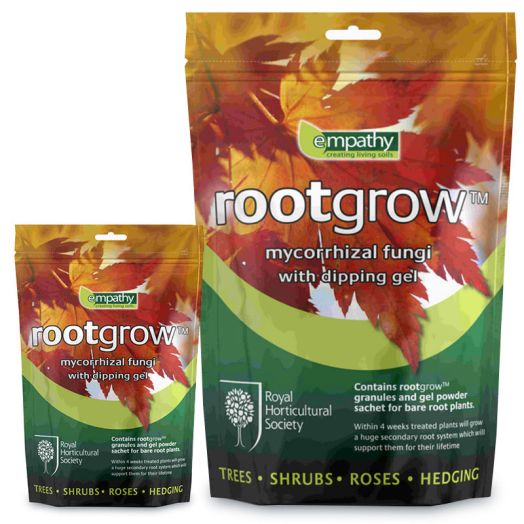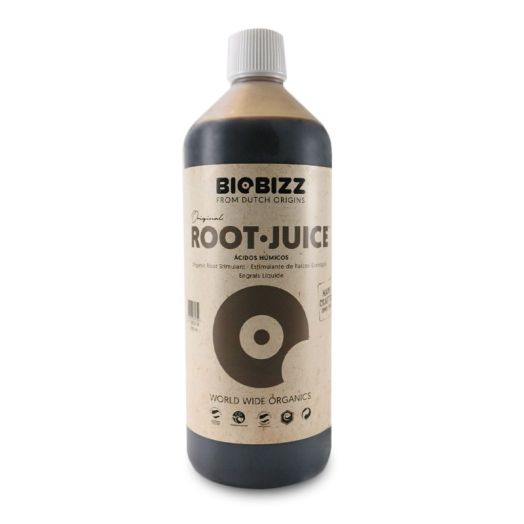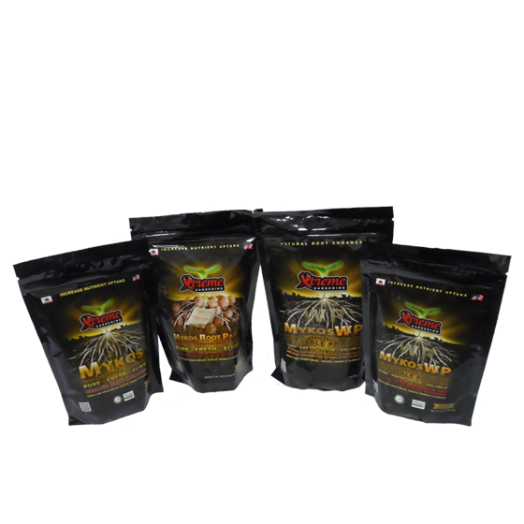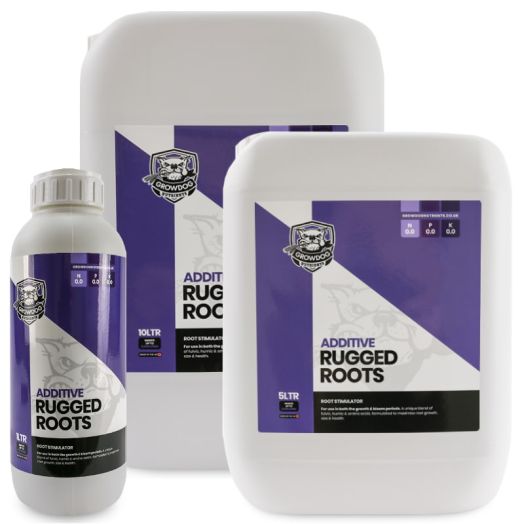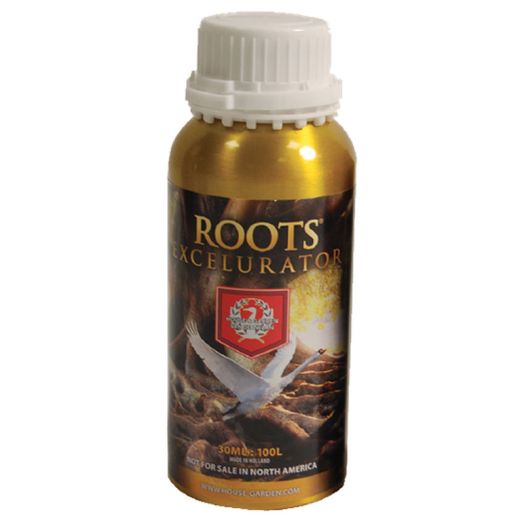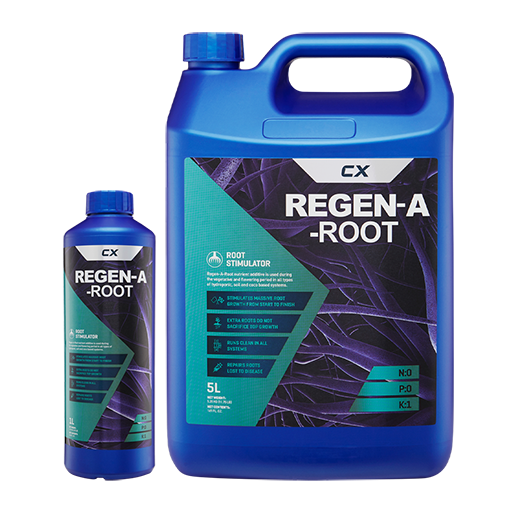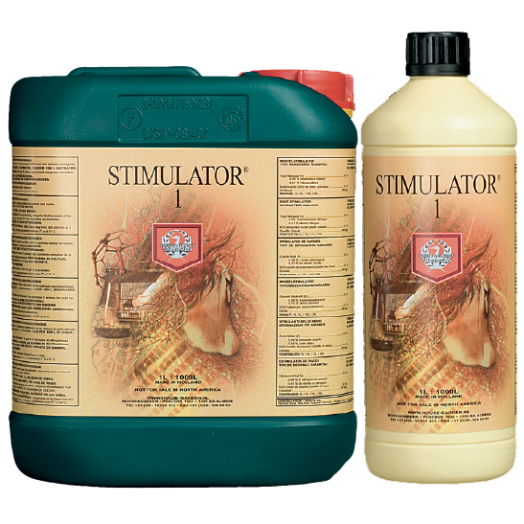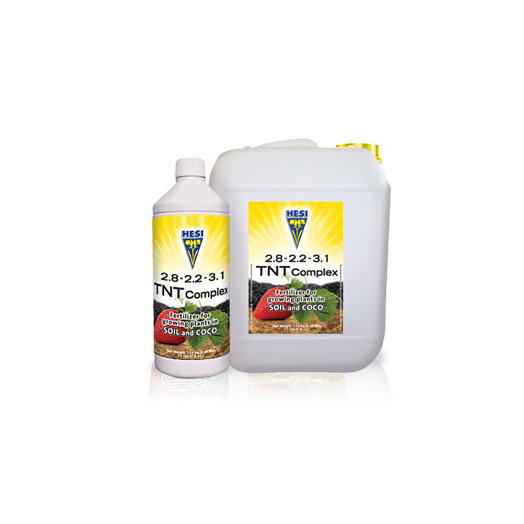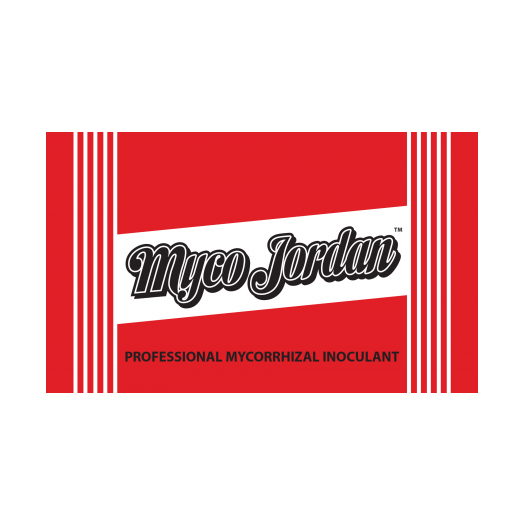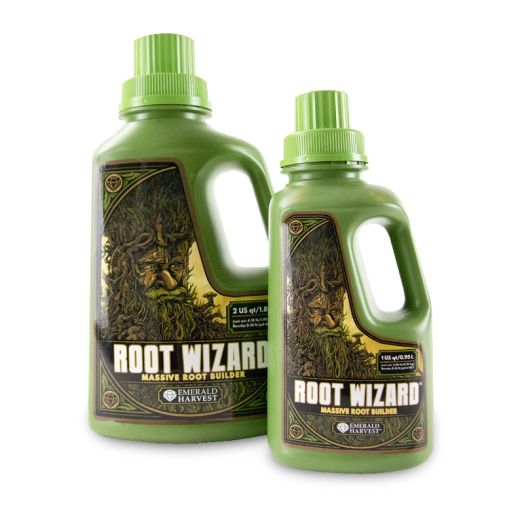Roots

More Roots = More Fruits
Only on strong, solid foundations can large buildings be raised.
Root architecture and structure is a fundamental part of plant productivity, with roots acting as the digestive system and feet of the plant. In nature, roots have the function of spreading out in order to search for nutrients and sources of water and structurally supporting the plant. During Propagation and early vegetative growth, a gardener's focus should be on building a strong foundation and profuse, white, healthy roots so the plants can uptake nutrients and water because without these ingredients photosynthesis cannot occur and future growth will be slowed or stunted.For more on roots, read our buyers guide below
Roots
Roots are often easy to overlook as they’re the only part of the plant that lies below the ground and is not visible. The only time we get a glimpse of the plants subterranean systems is after harvest when disposing of unwanted plant-matter or during transplant when you can see precisely how rootbound your plants are although it's impossible to see through a substrate to see the structure, so digging up a plant is often the only way to see the roots - which is a destructive means of investigation.
Annual crops typically produce three types of root - The Tap Root, Lateral branching roots and root hairs.
The tap root grows vertically downwards after germination from seed in search of water and nutrients - it’s often the thickest root and tapers down from the plant like a carrot but thinner. The tap root supplies the plant with its early nutritional and water requirements and if you stunt the tap-root it will likely affect the development of the plant in auto flowering species such as peppers, causing it to flower early. In non-auto flowering species, there will be enough time to recover and build an extensive root system that doesn't rely on the taproot.
Lateral Branching Roots are also called secondary roots since they emanate from the tap root, branching out around the plant horizontally. These lateral branches increases the plant’s reach in it’s search for sources of nutrients and water and serve to anchor plants in place.
Root hairs are also called tertiary roots. The root hairs actually do the majority of the ‘heavy lifting’ in terms of transporting water and nutrients. The small size of each individual root hair gives the mass a large surface area from which to absorb nutrients and water.
In Hydroponic systems, roots are supplied with everything required from early on in their life; due to this they often develop smaller root networks than their soil equivalents.
Root Rot - Fusarium & Pythium
If your roots start to get slimey or discoloured then they probably have contracted a bacterial or fungal infection; Fusarium or Pythium. We advise removing any effected plants from the system and using a peroxide containing cleaner to disinfect your system. Fusarium and Pythium are easily spread so be careful where you dispose of your waste-water so you don't run the risk of transmitting the disease to other plants. If You’ve caught the infection early enough, a remedial treatment of regen-a-root and wilt-guard will both treat the infection and promote new root growth.
If you’re unsure which product is best suited for your plant requirements and system type, email us or call our specialist team on 0800 085 7995 as we can advise you on the best solution for your budget and experience level.



